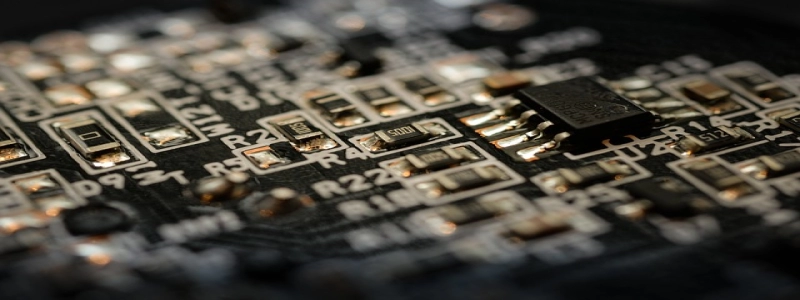[microcontroller ethernet]
I. Introduction
In this article, we will discuss the implementation and usage of Ethernet in microcontrollers. We will start by understanding the basics of microcontrollers and their role in various electronic devices. Then, we will delve into the concept of Ethernet and how it is integrated into microcontrollers to enable network connectivity.
II. What is a Microcontroller?
A microcontroller is a small computer-on-a-chip that is designed to perform specific functions within electronic devices. It consists of a processor, memory, input/output ports, and other peripherals. Microcontrollers are commonly used in devices such as smartphones, home appliances, automotive systems, and industrial machinery.
III. Understanding Ethernet
Ethernet is a widely used networking technology that allows devices to connect and communicate within a local area network (LAN). It provides a standard set of rules and protocols for data transmission and reception over a physical medium, such as cables or optical fibers. Ethernet enables devices to share resources, exchange information, and access the internet.
IV. Integrating Ethernet in Microcontrollers
To enable Ethernet connectivity, microcontrollers need to be equipped with an Ethernet controller or a dedicated Ethernet module. These modules provide the necessary hardware and software components to establish and maintain an Ethernet connection. The Ethernet controller acts as an interface between the microcontroller and the physical network.
V. Benefits of Microcontroller Ethernet
The integration of Ethernet in microcontrollers offers numerous benefits. Firstly, it allows devices to connect to local networks, enabling seamless communication and data exchange with other devices. This is particularly useful in IoT (Internet of Things) applications, where multiple devices need to work together.
Secondly, microcontroller Ethernet enables remote control and monitoring of devices over the internet. For example, a home automation system can be accessed and controlled from a smartphone or computer, thanks to Ethernet connectivity in microcontrollers.
Thirdly, Ethernet enables firmware updates and remote diagnostics of microcontroller-based devices. Manufacturers can easily update firmware to fix bugs or add new features, without the need for physical access to the device.
VI. Applications of Microcontroller Ethernet
Microcontroller-based devices with Ethernet connectivity find applications in various industries. For instance, in the industrial sector, Ethernet-enabled microcontrollers are used in automation systems, robotic arms, and process control systems. These devices can communicate with each other and with a central control system, enabling efficient and synchronized operation.
In the automotive industry, microcontroller Ethernet is used for in-vehicle networking. It allows different systems within a vehicle, such as the engine control unit, infotainment system, and safety modules, to communicate and share information.
In the consumer electronics market, Ethernet-enabled microcontrollers are used in smart TVs, home security systems, and energy management systems. These devices can be controlled and monitored remotely, enhancing convenience and energy efficiency.
VII. Conclusion
Microcontroller Ethernet has revolutionized the way electronic devices connect, communicate, and collaborate. It enables seamless networking, remote control, and firmware updates, making devices smarter and more efficient. The integration of Ethernet in microcontrollers opens up a wide range of possibilities for the IoT, industrial automation, automotive, and consumer electronics industries.







